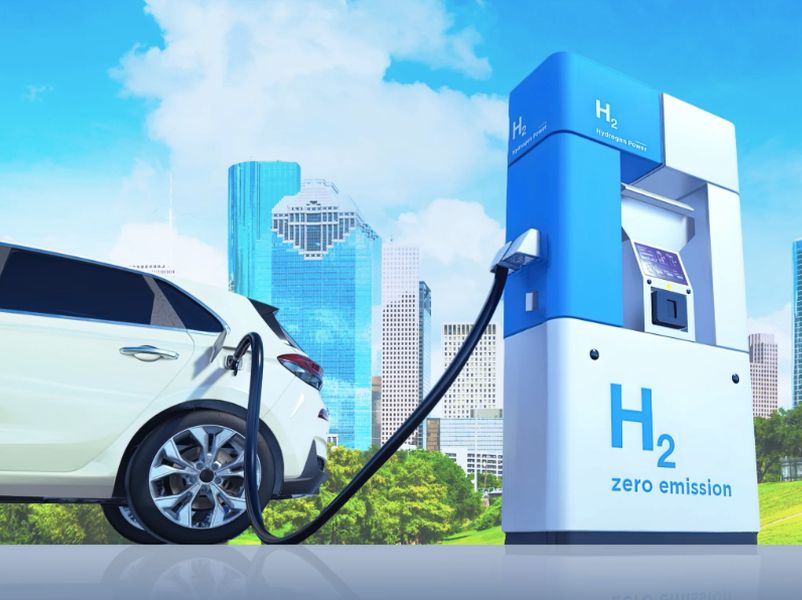Five takeaways from UH Energy researchers, based on a whitepaper co-authored by Aparajita Datta and Ramanan Krishnamoorti.
The federal government has set an ambitious clean energy agenda aimed at achieving net-zero greenhouse gas emissions by 2050. This calls for transformative action across the United States.
Even with immediate measures, such as state-focused policy drivers in place over the next two years, and significant investments of more than $30 billion over the next 25 years, reaching net zero in the transportation sector in Texas might be unlikely, according to a University of Houston white paper titled “Net Zero in Texas: The Role of Transportation.”
Daunting Emissions Challenge
Texas emits more than 230 million metric tons of carbon dioxide annually from transportation, 80% of which originates from cars and trucks. The size of the task: Replacing more than 20 million cars and light trucks over the next 25 years. Even with an aggressive plan, the state is projected to fall short of carbon neutrality in transportation by 2050.
Labor Market Dynamics
While electric vehicle adoption promises job creation, wages in the EV industry are lower than traditional auto sector wages. Upskilling and reskilling the current workforce will be imperative to make economic gains.
Substantial Infrastructure Investment Needed
Achieving net-zero emissions in Texas requires $30 billion to $50 billion in public funds, matched by private sector investment. Estimates suggest annual spending of $250 million to $640 million is needed for Level 2 charging stations and up to $1.3 billion for DC fast charging stations by 2040.
Global Resource Demands
By 2050, Texas’ demand for lithium and cobalt for EV production will surpass current worldwide production levels, highlighting the need for secure and sustainable supply chains. Experts predict a 140% to 500% surge in demand by 2050, which may lead to price hikes.
Environmental Remediation
Making the switch from vehicles with internal combustion engines to EVs will retire many gas stations, requiring $2 billion to $5 billion for environmental remediation.
In conclusion, despite the challenges, there are opportunities. The transition could yield between 40,000 to 180,000 new jobs by 2050 and bring about more than $100 billion in public health benefits for Texans through reduced air pollution.
Read the entire white paper, “Net Zero in Texas: The Role of Transportation,” co-authored by Aparajita Datta, UH Energy research scholar, and Ramanan Krishnamoorti, UH vice president for energy and innovation.
